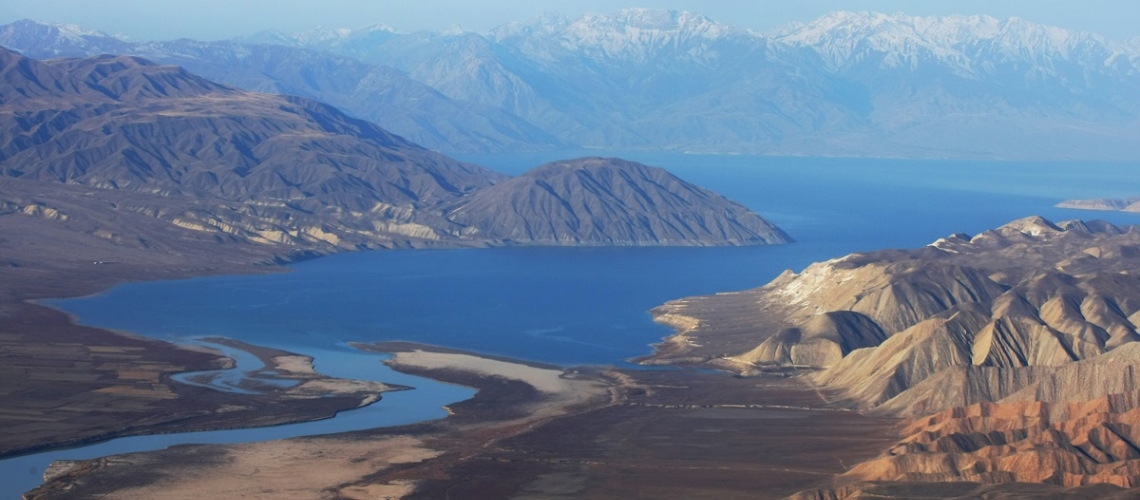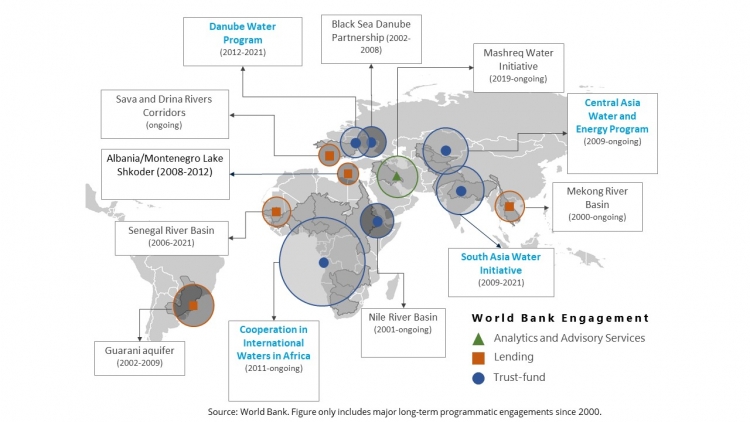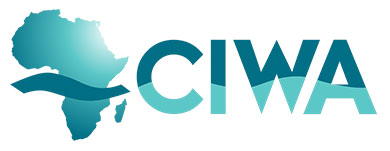How to Measure Success in Transboundary Water Cooperation?
Posted in : Blog on 11 October 2021

How do we know when international cooperation is successful? A senior U.N. official once suggested that cooperation is like elephants mating: it all takes place at a very high level, there is a lot of noise, and it takes years to know the result. While this might be just a cynical joke, it contains a grain of truth: the success of international cooperation is often difficult to measure because results are often intangible and materialize over very long-time scales. And while measuring successful cooperation might sound like academic musing, it is a practical question for governments today given the centrality of cooperation to achieve the Sustainable Development Goals (SDGs).
So how can we measure success? Rather than focusing on elephants, at the World Bank we have tried to address this question taking one key area of international cooperation where we have supported our member countries for decades: cooperation over transboundary rivers and aquifers. There are many of these shared water resources: more than 310 rivers and 500 aquifers cross political boundaries around the world. More than two-thirds of these rivers – and many more aquifers – lack any type of cooperative arrangement. Since its creation, the World Bank has worked with governments, technical agencies, donors, and civil society organizations to design, finance and implement projects and programs for cooperation over shared waters. Examples of these programs include Cooperation in International Waters in Africa, the Central Asia Water and Energy Program and the South Asia Water Initiative, among others. We recently completed a stocktaking of our engagements over the past two decades where we identified opportunities to improve the way we track and measure the results of our actions, particularly in light of the SDGs and climate targets.

The three Is
We track results along the three ‘Is’: Information, Institutions and Investments. Under the first I, we track if our work supports the creation of information, but also of systems capable of collecting, storing, and processing data for water management. An example comes from the Western Balkans, where five countries use a river flood forecasting system set-up with the support of the World Bank. The system provides early warning on flood risk in the Sava river basin, protecting lives and economies from the destructive force of water.
We also track progress on institutions to understand if our work helps deliver the economic and legal instruments needed to share water. These might include, for example, creation of river basin authorities, laws for watershed protection or hydropower-sharing agreements. A success story comes from West Africa, where, with the support of the World Bank, the Senegal River Basin Authority (OMVS) integrated Guinea among its members (Senegal, Mali and Mauritania).
Finally, we track success in terms of investments: has our work led to the identification and construction of green or gray infrastructure to manage water cooperatively? To do this, we typically measure the investment volume of a project, such as nature-based solutions to restore river sources or dams to generate hydropower, as a proxy for success. In Eastern Africa for example, a US$340 million World Bank concessional loan supports the construction of the Rusumo Falls Hydroelectric Plant, to generate electricity within a cooperative framework between Burundi, Rwanda, and Tanzania. The global results are even more uplifting: over the past twenty years, World Bank support has been able to inform and mobilize more than 25 billion US $ in investments for transboundary water cooperation around the world.
Measuring outcomes that matter
The three Is enable countries to reap the benefits of cooperation: electricity from shared hydroelectric infrastructure, trade along inland waterways, food production thanks to shared irrigation infrastructure. It’s not enough to create an institution or build infrastructures to share water, if that institution or infrastructure is not going to create value for the countries involved. Our goal is not only to support countries in developing the three Is, but to ensure that countries make progress on the SDGs, for example, by expanding access to clean energy and nutritious food, and their climate change targets. Hence, we also track if our transboundary water engagements are having the intended development effect. To do so, we measure the value they generate in terms of social, environmental, and economic outcomes.
It’s not enough to create an institution or build infrastructure to share water resources, if that institution or infrastructure is not going to create value for the countries involved. Our goal is not only to support countries in developing the three Is, but to ensure that countries expand access to energy, nutritious food and protect people from flooding under a changing climate.
Jennifer Sara, Global Director for Water
Finally, measuring success also requires focusing on intangible impacts. World Bank support to transboundary water cooperation often does not lead to any immediate result, like a written agreement between countries or the construction of a dam, but to many intangible impacts. When we support a workshop to discuss the benefits of cooperation, participants return home with a different perception of water as not just a driver of rivalry, but also of cooperation. Over the years, this contributes to moving from a situation of little trust, where countries might refuse to meet to discuss water issues, to one where a common understanding of joint water challenges is developed and data flows across borders. It’s important to report and describe these intangible impacts in a qualitative way, even if they can’t be readily measured with numbers and percentages.


